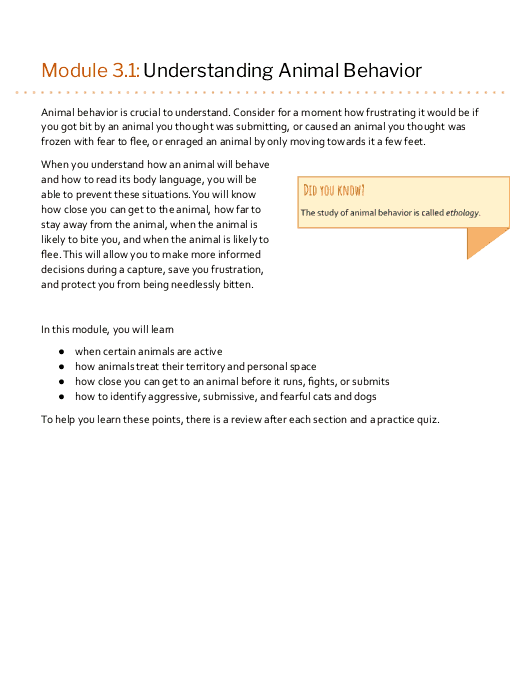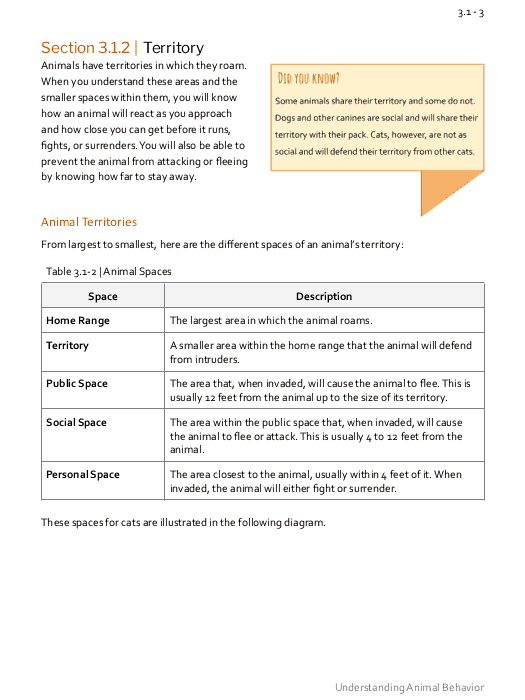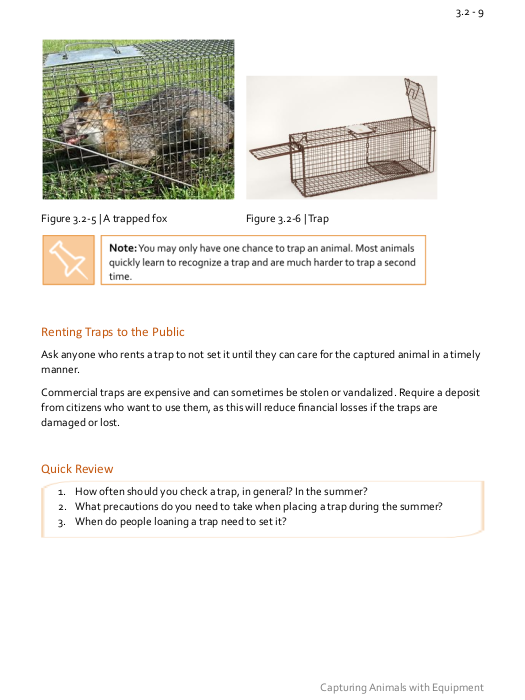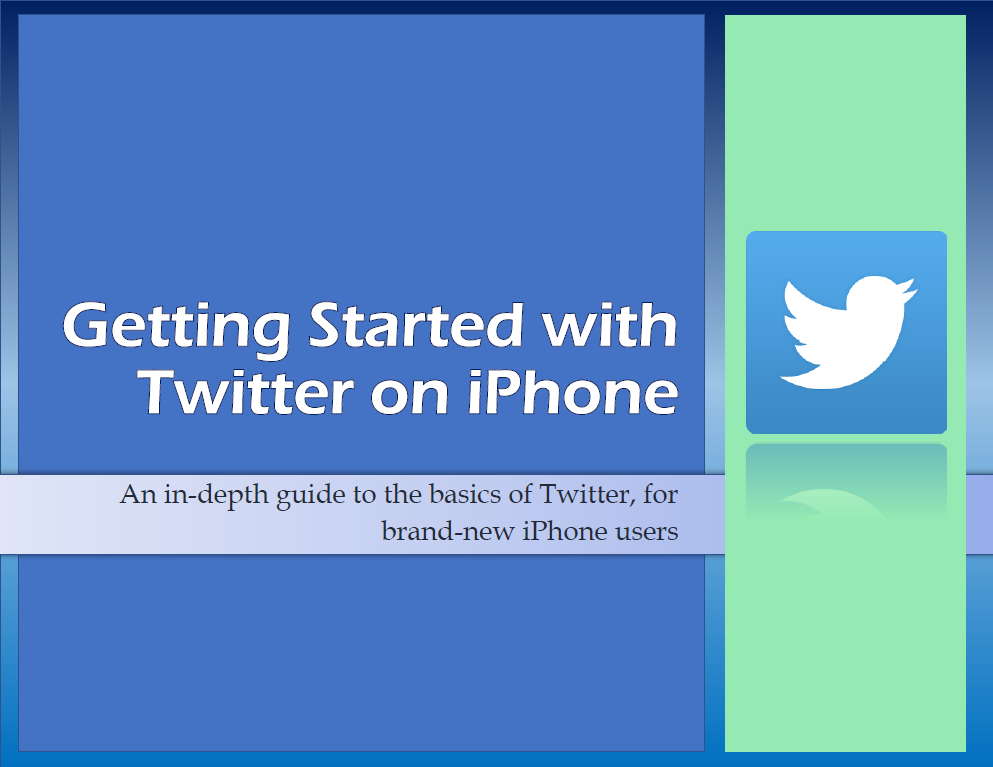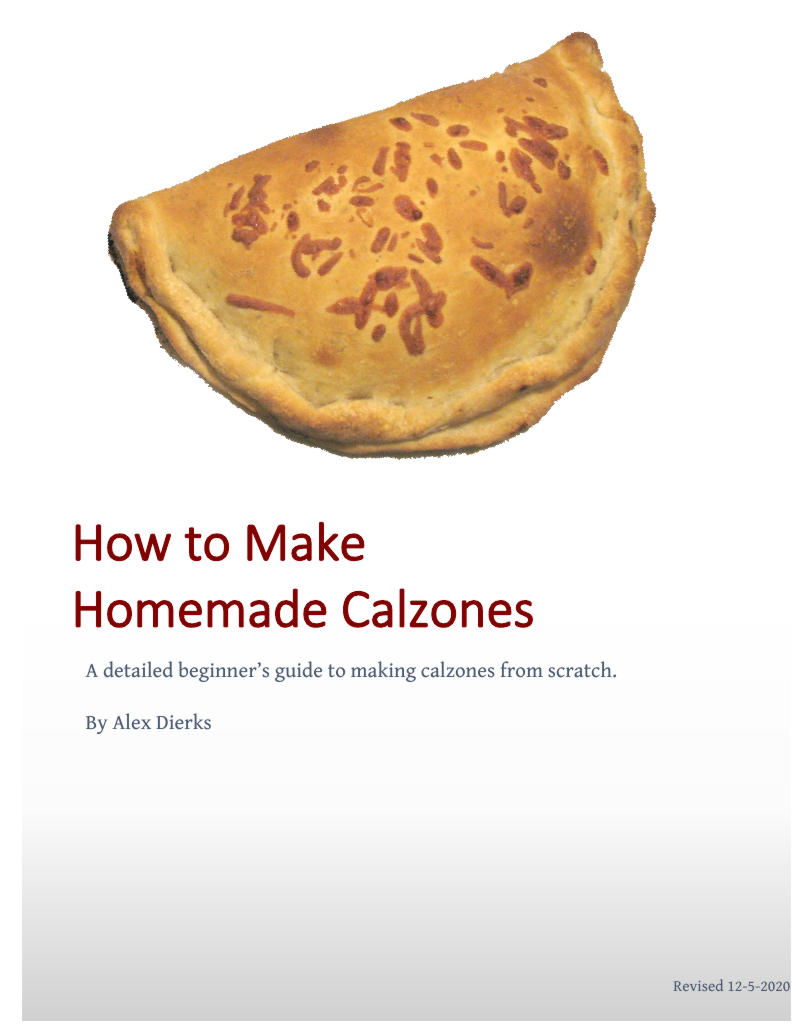Project Background
Goal
The goal was to improve a chapter from the Texas DSHS animal control officer (ACO) training manual. It turned out that "improve" was understatement — it needed an overhaul. My colleague and I scrapped the original and created a revision with improved content, copy, design, readability, and usability. We did not need to show our changes to the original authors.
Target Audience
The target readers were ACO trainees preparing to take the certification exam. Trainees would only be required to have a high school education, a driver's license, a basic understanding of office procedures. Prior experience in animal control and strong studying abilities were not expected.
The Problem
The original manual did not meet its target reader's needs at all. The most serious issues were
- extensive use of passive voice
- overly verbose text
- unclear distinction between warnings, instructions, advice, and explanations
- lack of visual organization
- lack of introductions, summaries, key points, and any sort of answer to the reader's question of "what are we learning and why?"
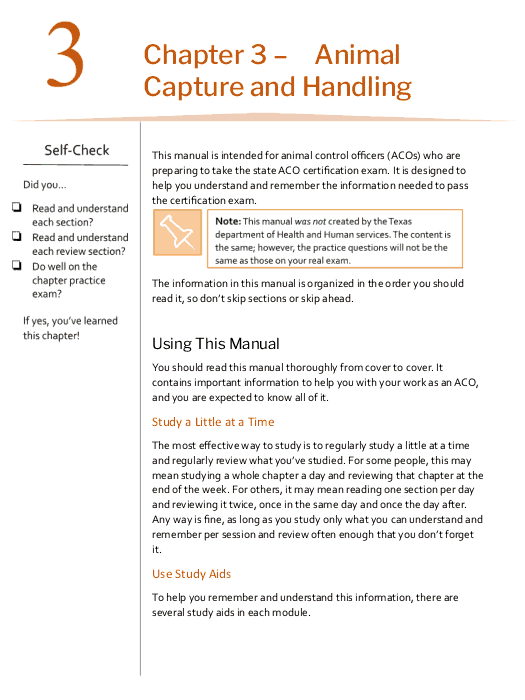
Note that I'd have put this content in the manual's front matter, but it's here at my professor's request.
